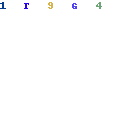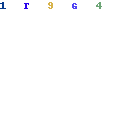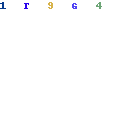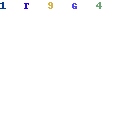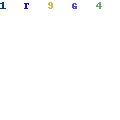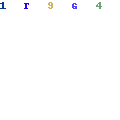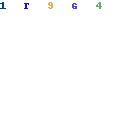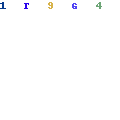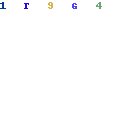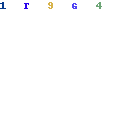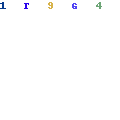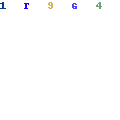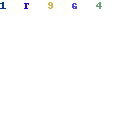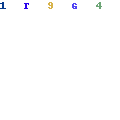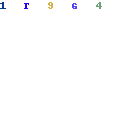Best Tractors
There is a long history of agricultural mechanization that has been human and animal powered rather than engine powered. The difference in scale is quite staggering and is a measure of the economic gulf between the rich and the poor on this planet. For example, an average horse plowing the soil at an average rate will perform work at a rate of one horsepower (hp). In contrast, a 100 hp (75 kW) tractor could work (e.g. plowing the soil) at a rate one hundred times faster than the horse.More recently, direct drilling operations have become more popular where the seed is planted directly into non-cultivated soil using a corn drill (Figure 5) typically for winter cereals and forage crops, or a vacuum precision drill typically for maize, soybean and sunflower. Energy conservation and reduced soil compaction are evident advantages of a system that can also combine two, three or four field operations into one.
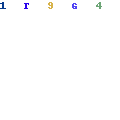
Sponsored
There is a long history of agricultural mechanization that has been human and animal powered rather than engine powered. The difference in scale is quite staggering and is a measure of the economic gulf between the rich and the poor on this planet. For example, an average horse plowing the soil at an average rate will perform work at a rate of one horsepower (hp). In contrast, a 100 hp (75 kW) tractor could work (e.g. plowing the soil) at a rate one hundred times faster than the horse.More recently, direct drilling operations have become more popular where the seed is planted directly into non-cultivated soil using a corn drill (Figure 5) typically for winter cereals and forage crops, or a vacuum precision drill typically for maize, soybean and sunflower. Energy conservation and reduced soil compaction are evident advantages of a system that can also combine two, three or four field operations into one.
Sponsored


